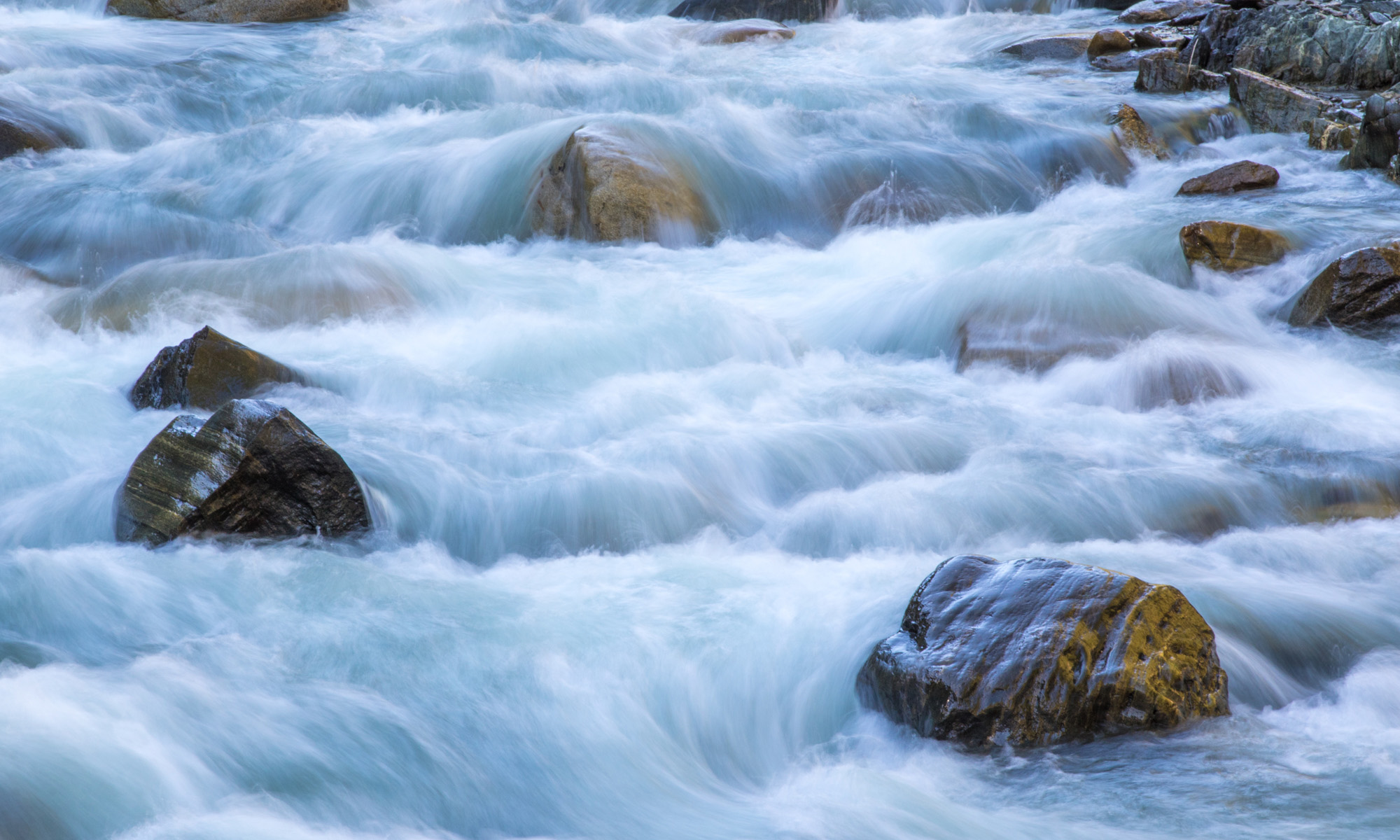Today’s Question: My photo club used to request that submitted images be sized at 1400 x 1050 pixels, because this was the resolution of the projector. With Covid came the Zoom meetings, which have been done by the photo club and by me among friends. I have learned that if I show images sized at that old standard of 1400×1050 pixels the images naturally don’t fill my own screen, which is 2160×1440 pixels, and consequently don’t fill the screens of the friends participating in the zoom call. My conclusion is to size my images larger so that they fill my screen, and then they will also fill the screens of my friends, regardless of the screen sizes they have. Is this correct?
Tim’s Quick Answer: Zoom defaults to a video resolution of 1080p, which is 1920×1080 pixels. I therefore recommend setting your display resolution to 1920×1080. You could also size images to these dimensions if you don’t mind cropping photos to fit these dimensions.
More Detail: While it is possible to share your screen set to just about any resolution for Zoom or other online sharing platforms, in most cases I recommend setting your display resolution to 1080p (1920×1080 pixels). This matches a commonly used video format and is also generally a good choice when sharing a screen that will include software interface elements. If you share your screen at a different resolution it will generally be scaled to fit the resolution of the broadcast, which by default is 1080p.
When preparing images that you’ll present, you might want to size them to about the same dimensions, depending on how you’ll be sharing them.
If you will be zooming in on details of your photos while presenting, then you’ll want to save the images at a higher resolution to allow for good image quality even when zooming in. I would generally use a full-resolution copy of the image for this type of scenario.
If you’ll only be presenting the full image without zooming then I recommend sizing the images to fit the overall dimensions, without cropping the images unless you really want them full screen. For example, a vertical image could be sized to 1080 pixels tall, accepting that there will be blank space to the left and right since you’re sharing a vertical image in a horizontal space.
For horizontal images I would resize to fit within the 1920×1080 dimensions. This might result in some blank space either above and below or to the left and right, but to me this is preferred over cropping the image just to have it fill the screen. That said, if you prefer to crop so the images will fill the screen you can crop them to the same dimensions as your display, which again I recommend setting to 1920×1080.
You can learn more about resolution, by the way, by watching the recording of my webinar presentation on “Solving Resolution Confusion” on my Tim Grey TV channel on YouTube here:

